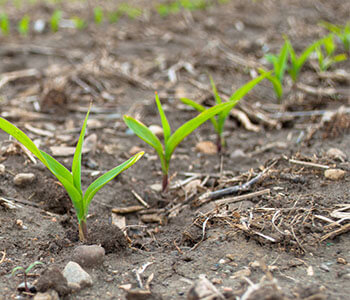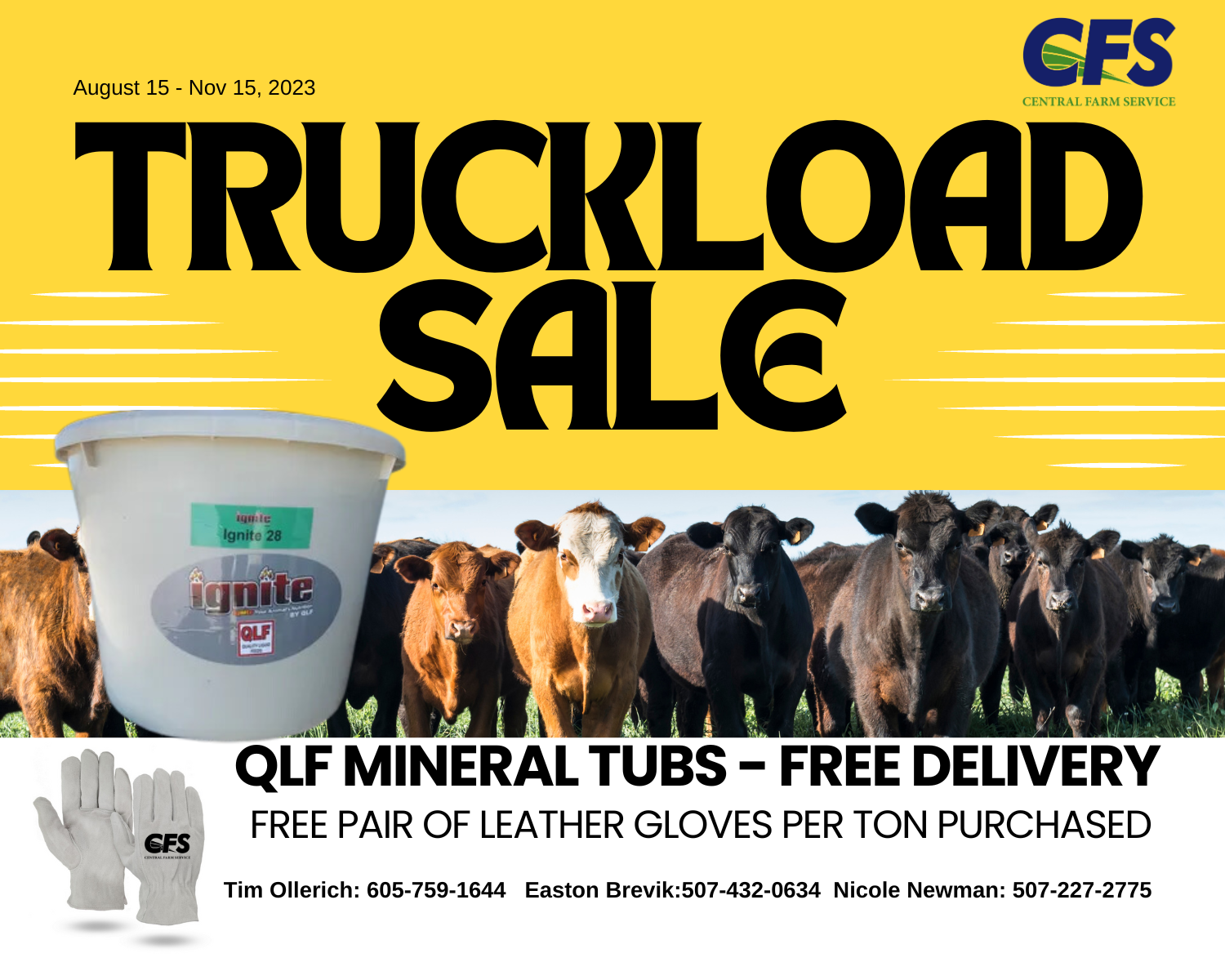Response to Population
Oct 17, 2018

When choosing a seed variety for your field, how do you determine if it is the right product for that acre? Are you looking at past yield alone? At CFS, we consider a multitude of factors to place hybrids for optimum performance, including response to soil type, response to population, rotation, hybrid yield, and specific growing conditions.
Response to population is a key factor in determining whether to raise or lower planting populations on your field. The 2017 Answer Plot data shows the RTP range was 1.2 to 18.4 bushels per acre.
Example: Let’s increase our seed population from 30,000 to 38,000 per acre.
- Seed bag = $300
- 30,000 population costs $112.50
- 38,000 population costs $142.50
- Commodity Price: $3.00
A farmer needs to gain 10 bushels per acre to break even.
Our example above shows that you’re able to obtain a positive ROI on high RTP varieties. However, it’s not worth the investment on low RTP hybrids.
Central Advantage will help you create variable rate maps ensuring zones are set up correctly. Increasing populations for high RTP varieties does not guarantee a positive yield response. As stated above, there are many factors involved in placing seed. Contact your CFS agronomist to help you create the best plan for your field in 2019.
Response to population is a key factor in determining whether to raise or lower planting populations on your field. The 2017 Answer Plot data shows the RTP range was 1.2 to 18.4 bushels per acre.
Example: Let’s increase our seed population from 30,000 to 38,000 per acre.
- Seed bag = $300
- 30,000 population costs $112.50
- 38,000 population costs $142.50
- Commodity Price: $3.00
A farmer needs to gain 10 bushels per acre to break even.
Our example above shows that you’re able to obtain a positive ROI on high RTP varieties. However, it’s not worth the investment on low RTP hybrids.
Central Advantage will help you create variable rate maps ensuring zones are set up correctly. Increasing populations for high RTP varieties does not guarantee a positive yield response. As stated above, there are many factors involved in placing seed. Contact your CFS agronomist to help you create the best plan for your field in 2019.
